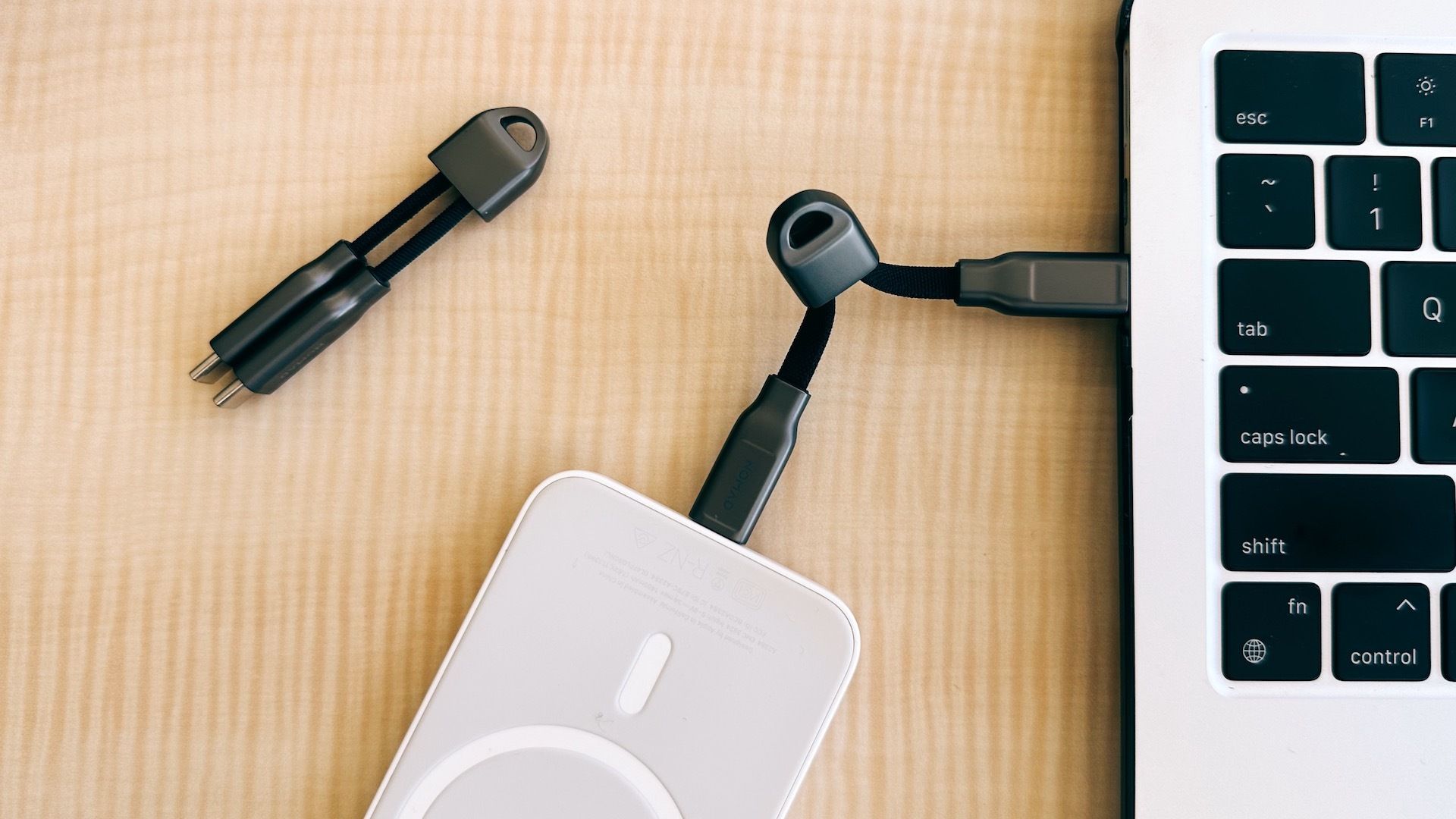Perhaps you have a cable that isn’t compatible with your device or it isn’t the correct USB connector. After all, USB-A can’t connect with USB-C, but with an adapter, you can.
How to Pick a USB-A to USB-C Adapter
Obviously, the most important aspect of the adapter is its connections. In this case, one end has USB-A, and the other end has USB-C. Every pick here has that covered, but it’s also important to ensure the device you have can also connect with it. Luckily, as long as one end is compatible, you’re good to go.
Next, you should ask yourself what the purpose of the USB-A to USB-C adapter is. Are you hoping to charge a device? Maybe you keep your USB-A ports accessible for peripherals, but would like to connect storage devices. Or maybe you have a device that only interfaces with a specific connector, like an iMac.
When charging with the adapter, it’s essential that the USB-A to USB-C adapter passes through enough power to actually charge, say, your laptop. If utility is your need, having an adapter for a flash drive or external storage drive can keep your other USB ports accessible to more important devices. Personally, I have a USB-C adapter that’s come in handy for connecting a mouse to my Samsung tablet.
Size is also a factor, but given that these are already small in size, shape, and weight, durability will be your main concern. You want a USB-A to USB-C adapter that can handle multiple connections. If you plan on attaching the adapter and keeping it that way, then you have less of a concern. Otherwise, having an adapter that can withstand plugging in and unplugging around 10,000 times is great.

Related
The Best Lightning to USB-C Adapters of 2025
You can continue to use your Lightning chargers and accessories with the new iPhone 15 series with these Lightning to USB-C adapters.
